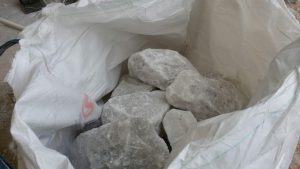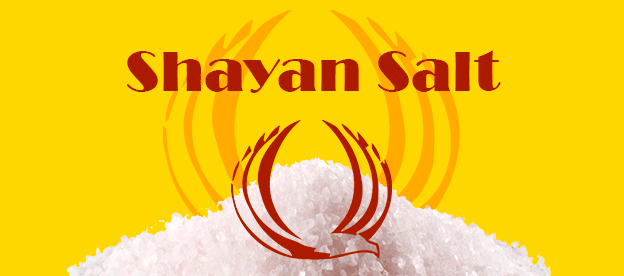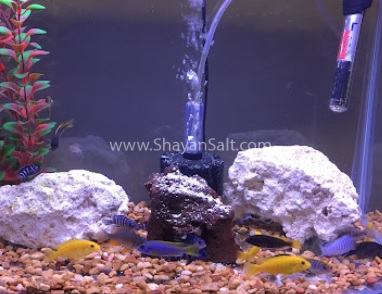
A animal salt lick (also known as a salt lick) is a place where animals can go to lick essential mineral nutrients from a deposit of salts and other minerals. Mineral licks can be naturally occurring or artificial.
- Natural licks are common.
- They provide essential elements such as phosphorus.
- The bio-metals required in the springtime for bone, muscle and other growth in deer and other wildlife.
Such licks are especially important in ecosystems with poor general availability of nutrients. Harsh weather exposes salty mineral deposits that draw animals from miles away for a taste of needed nutrients.
Many animals regularly visit mineral licks to consume clay, supplementing their diet with nutrients and minerals. The mineral contents of these sites usually contain calcium, magnesium, sulfur, phosphorus, potassium, and sodium.
- Mineral lick sites play a critical role in the ecology and diversity of organisms that visit these sites
The paths animals made to natural mineral licks and watering holes became the hunting paths predators. It is theorized that these rock salt and water paths became trails and later roads for early man.
Nonetheless, many studies have identified other uses and nutritional benefits from other micro-nutrients that exist at these sites.
In addition to:
- The utilization of mineral licks, many animals suffer from traffic collisions as they gather to lick salts accumulated on road surfaces.
- Animals also consume soil to obtain minerals, such as moose from Canada mining for minerals from the root wads of fallen trees.





